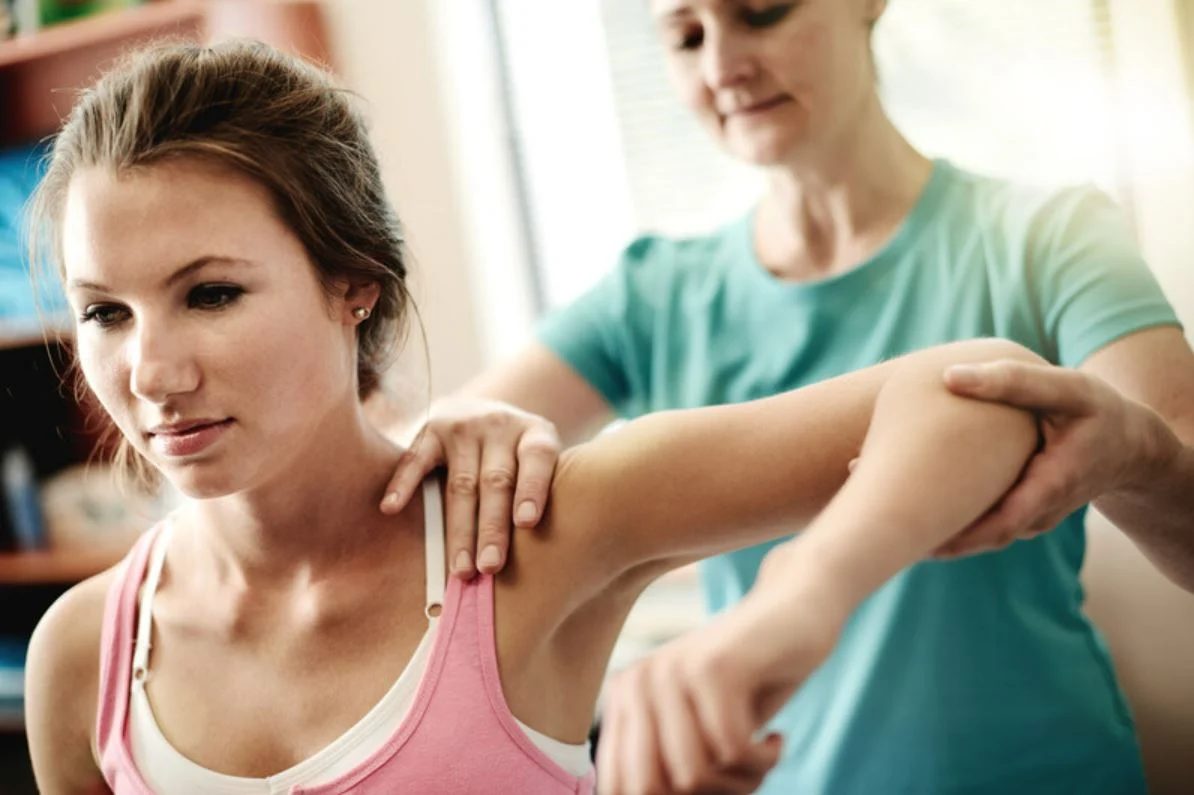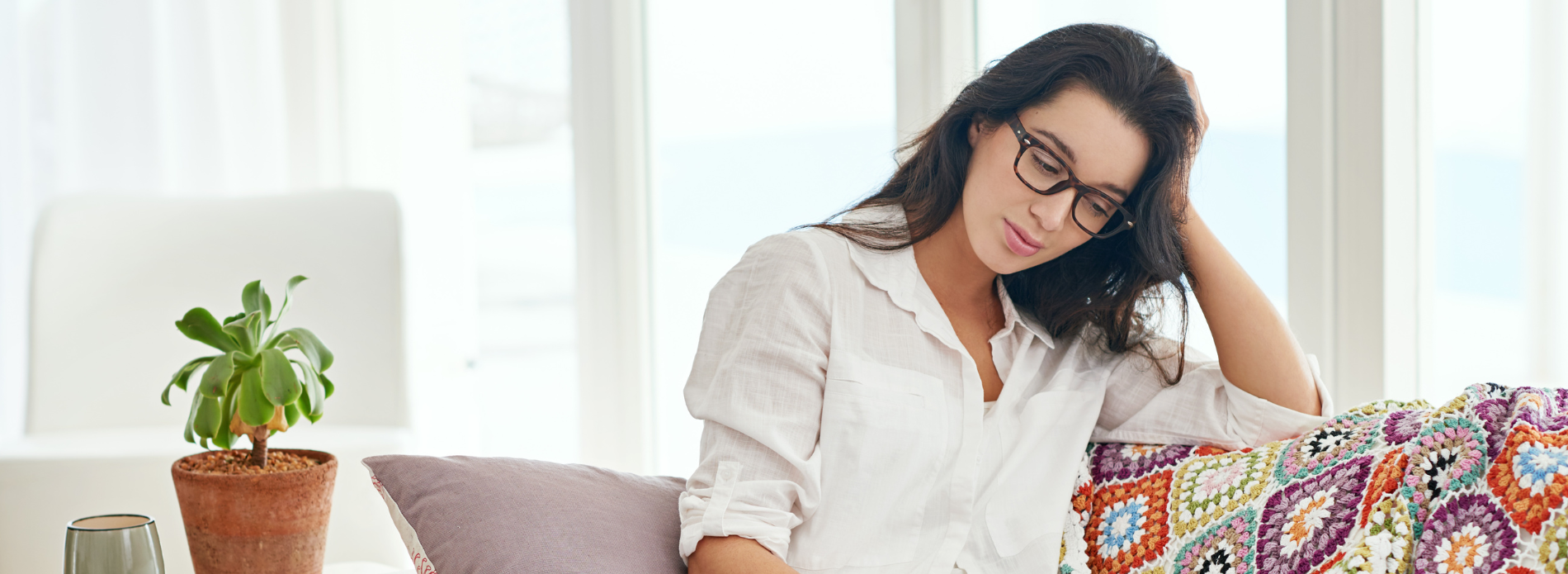It’s no secret that being physically active and keeping fit are essential to our overall wellbeing. It helps maintain good mental health and reduces the risk of all kinds of issues, including heart disease, stroke and some forms of cancer. It’s also vital for strengthening muscles, bones and joints.
When we’re young, regular exercise is integral to the development of the musculoskeletal system. Then, as we get older, it becomes an essential part of keeping the muscles, bones and joints strong and healthy. But as our bodies change over time, exercise can become more difficult to manage.
It’s important that we understand these changes and learn to adapt accordingly.
What happens to our bodies as we get older?
We’re all built differently, but one thing that’s true for all of us it that our muscles, bones and joints become weaker as we get older.
Muscles
Over time, our muscles lose size and strength. They can become tighter and more rigid as the fibres shrink and replace themselves with tougher tissue. Muscle fibres also start to replace themselves more slowly and our muscles can become less toned and less able to contract over time, which makes it difficult to build or maintain strength. This reduction in lean body mass can cause:
- fatigue
- loss of stamina
- poor balance
- increased risk of injury
- unhealthy weight gain.
Bones
As we age, we lose bone mass and density. This can be caused by the loss of calcium and minerals from the bones, as well as hormonal changes and bone-wastage that occurs as a result of inactivity. Ultimately, as our bone mass reduces, our bones become weaker and more brittle, which leads to:
- osteoporosis
- an increased risk of broken bones
- poor posture and loss of height.
Joints
Ageing joints can become stiffer and less flexible as time goes on. The amount of fluid that our joints need to stay lubricated decreases and their protective cartilage begins to break down. And, as muscles and ligaments tighten and become weaker, more strain is put on the joints. These changes can lead to:
- osteoarthritis and rheumatoid arthritis
- inflammation, pain and stiffness
- injury, such as sprains or dislocation
- poor balance.
Golden rules for your golden years While changes to our muscles, bones and joints are inevitable, there’s plenty you can do to help reduce the risk of injury and chronic pain. Inactivity is one of the main factors that contributes to bones and muscles losing their strength,1 so exercise is key. Not only does it help improve your overall health, it also helps slow the rate of age-related decline.
You’ll need to adapt the way you exercise as you get older. Here are a few guidelines to try and keep in mind:
- Try and do some kind of physical activity every day, even if it's just going for a walk or doing housework.
- At least twice a week, you should try and do exercises that improve strength, balance and flexibility. E.g. carrying things such as shopping bags, walking in a straight line, stretching up and down such as high and low cupboards.
- The NHS advise to undertake at least 2.5 hours of moderate intensity activity per week, for example walking, cycling, water aerobics or dancing. 2
- If you’re already active and you feel physically able, do at least 75 minutes of vigorous exercise per week, or add in 150 minutes of moderate activity too.2
- Minimise the amount of time you spend sitting or lying down. And, when you’re relaxing, break up long periods of inactivity by getting up and moving around.
Exercise DOs and DON’Ts for the over 60s
DO make a plan - Your muscles, bones and joints need to be looked after more and more as you get older. This can take careful planning and some research. It’s a good idea to speak to your doctor or a qualified trainer for guidance to help build an exercise plan that’s right for you.
DON’T do what you did when you were younger - The frequency, intensity and goals of your exercise routine will need to adapt as you get older. Whether you’re a beginner or you’ve been exercising all your life, you’ll need to adjust your approach to exercise, both physically and mentally.
DO start out lightly - It’s better to start off slowly and build from there than to risk injury by doing too much too soon. If you’ve been exercising for many years, you should be able to cope with more than a beginner, so there’s not a one-size-fits-all plan and it could take some time to find the right level.
DON’T skip leg day - Leg and core exercises can feel daunting, especially if you've fallen or you’re worried about falling, but strengthening your legs and core will help make you feel more stable and confident on your feet. You just need to do it in a way that’s safe and comfortable.
DO use weights - Resistance-based exercise and weightlifting can help you build and maintain muscle mass. In some cases, it can slow the rate of muscle loss and help preserve strength, as well as help you feel more independent.
DON’T go too heavy - Lifting heavy weights can be dangerous at any age. But as we get older, muscles won’t be as strong or flexible as they once were and they’re not able to regenerate as quickly. Consider lighter weights and resistance bands – particularly when you’re starting out or returning from injury, and don’t forget the importance of good form.
DO look after your joints - Running and road cycling are great cardiovascular exercises, but they’re high impact and can put pressure on your joints. As you get older, the best approach is to look after joints by switching to lower impact activities like swimming or cycling on a stationary bike.
DON’T ignore aches and pains - Listen to your body. If you’re feeling drained, don’t try and do too much, or if a particular part of the body is feeling sore, give it a rest. And, if pain or discomfort persists, make sure you see your GP.
DO warm up and stretch - Make sure you warm up before exercise to avoid muscle tears and joint pain. This should involve movement to get the blood pumping. It’s important not to stretch cold muscles – instead, save stretching until after you’ve exercised.
DON’T do nothing - The body needs time to recover and recharge, so you should take days off from moderate and/or intense physical exercise. But on those days, you should still make sure you move. Try and do light activity like walking, housework, or simply getting up and moving around regularly.
Improving your balance
Maintaining your smaller, stabilising muscles with balance-specific exercises is also important as you get older. These should be factored into your routine alongside other activities. If you’ve not exercised for a while or you’re returning from injury, focus on these fundamental movements to start with until you’re confident enough to progress.
Some examples of stabilising movements include:
- one-leg stand
- shifting weight from side-to-side
- sideways walk
- stair climbs or step-ups
- heel-to-toe walk
- standing from a seated position unassisted.
The NHS recommends doing these kinds of exercises at least twice a week, in combination with anything else you’re doing, and to always ensure you build up slowly.
Use a chair or wall to help stabilise yourself if needs be. Guidance on how to perform these and other exercises can be found on the NHS website.
Staying flexible
As the ageing process affects the flexibility of muscles and joints, it’s important to build stretches and exercises into your routine to help reduce aches, relax joints and loosen muscles. This can also help delay or prevent the onset of arthritis and other diseases, but it’s important to do it safely. Flexibility exercises include:
- standing stretches (including leg, hip and side stretches)
- seated stretches (including neck, chest, knee and hip stretches)
- yoga
- Pilates
Speak to an expert or consult online guides to see how best to perform stretches – including the NHS website’s Flexibility exercises.
If you’re relatively active and have an exercise routine that sees you undertaking moderate or high intensity activity, stretching is best done after a workout.
If you’re less active, you should still try and move around before stretching so that muscles are warm. And finally, don’t push too hard. You want to feel a low burn, so stop if you experience sharp or unusual pain.
As with any lifestyle change, if you have a medical condition or you’re unsure about anything, speak to a GP before you get started. Particularly if you’ve not exercised for a long time. It’s important to make sure the activities you undertake, and their intensity levels, are appropriate for your health and fitness.
References












